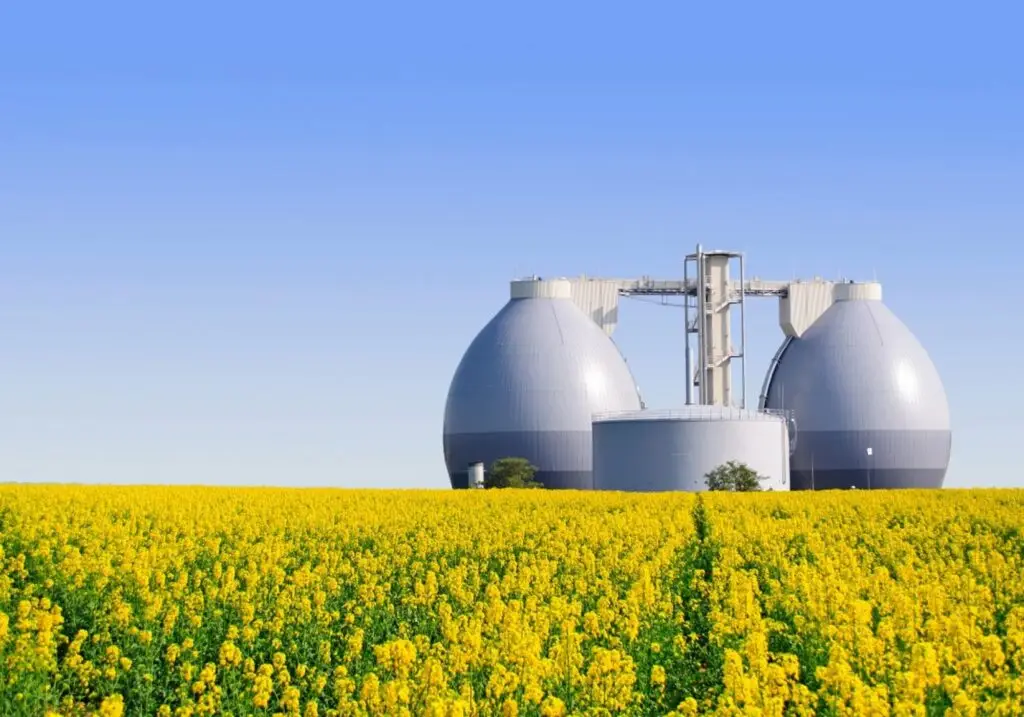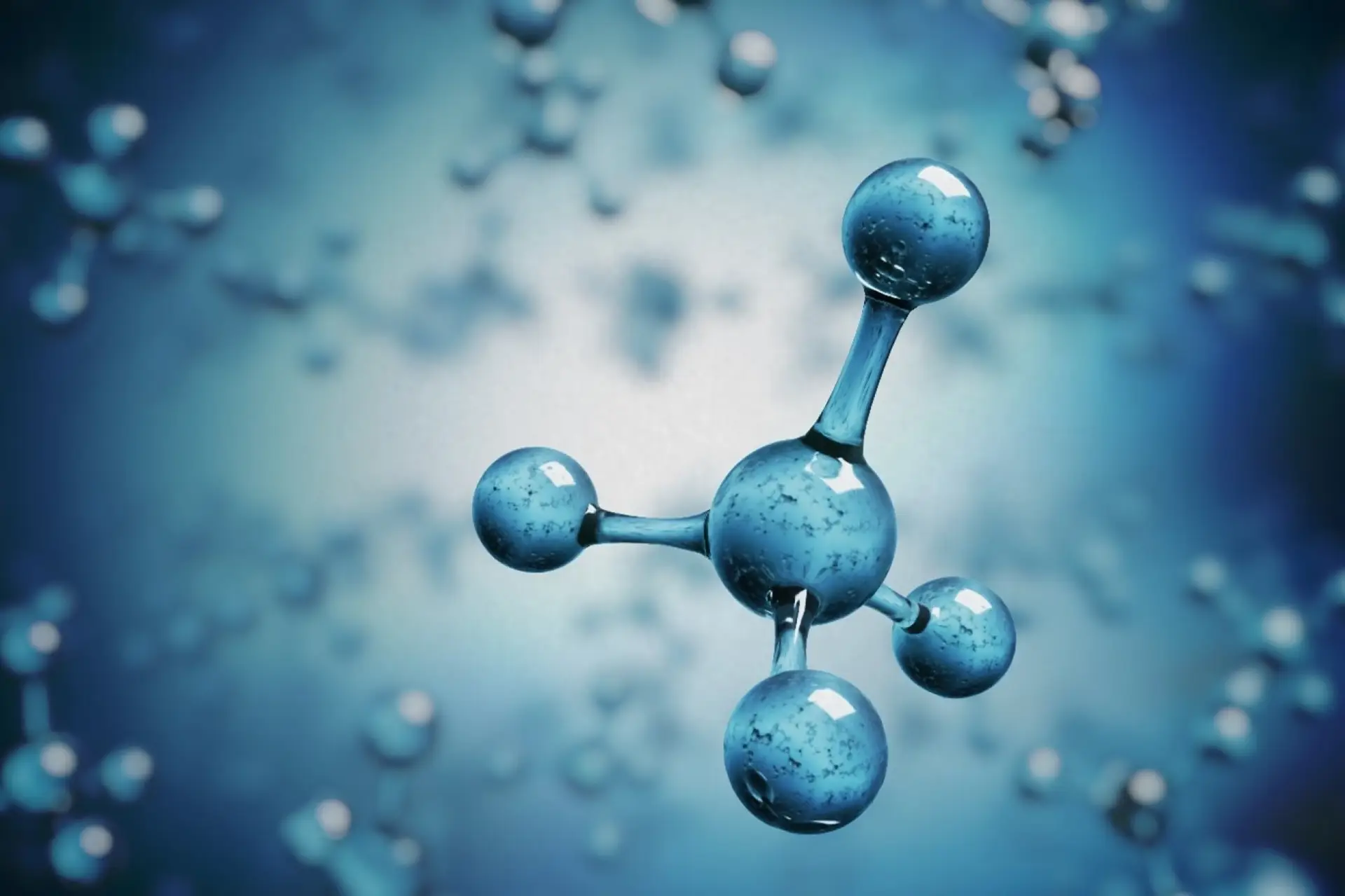Our planet is warming up fast, and many are surprised by the damages. For instance, the influence of global warming on extreme weather events has been frequently underestimated1. Decarbonisation must take place quickly in energy generation and industrial processes. To help with this change, hydrogen can be used as an energy carrier when electricity is not a technically or economically viable option.
Electrolysis is a clean approach to hydrogen production if water molecules are decomposed with renewable energy. However, this method is energy inefficient, and the construction of the infrastructure for the quick production of enough hydrogen by the 2020s or even 2030s is not possible. Furthermore, as the process itself is inefficient, better use of renewable energy (e.g. to rather use it to compensate coal-fired power generation) is being discussed more and more.
Several industrial players have recently been promoting hydrogen production from natural gas using CCS technologies. Despite interesting pilot projects arising, these technologies are not yet available on the required scale. Abandoned salt caverns, former offshore oil and gas platforms, and other CCS options are also far from sufficient to prevent significant amounts of CO₂ from entering the atmosphere. Furthermore, the scientific community does not wholly agree that these CCS options will be capable of storing the CO2 indefinitely.
READ MY FORMER ARTICLE ABOUT CCS HERE.

Currently, hydrogen is mostly produced with a method called steam reforming, or steam methane reforming (SMR), in which hydrocarbons are split by a reaction with water. Many industrial players look forward to using SMR with CCS.
Methane decomposition as an alternative to SMR
Natural gas used as a raw material for hydrogen production is an appropriate option during the energy transition. Natural gas, consisting mostly of methane, is a suitable source of hydrogen, having the highest hydrogen–carbon ratio among all hydrocarbons2. However, we must address the challenge caused by CO₂ emissions, which is possible by applying thermo-catalytic methane decomposition rather than SMR.
Processing methane via non-oxidative thermal decomposition into carbon and hydrogen is an alternative to SMR and produces CO₂-free hydrogen. Methane decomposition is more cost-efficient for low-CO2 hydrogen production than electrochemical-based processes using commercial renewable power sources3. Also, from a thermodynamic point of view, the decomposition of methane is significantly more energy-efficient than water electrolysis4.
Carbon captured in a solid form
The advantage of methane decomposition is that the carbon also becomes a product rather than a sidestream or waste. At best, it is in a solid, clean form. SMR yields carbon as CO₂, which is difficult to store or reuse and thus, typically released into the atmosphere. Solid pure carbon can be easily stored or – even better – sold, which reduces the net cost of producing hydrogen. This high-value by-product of methane decomposition can be used in several ways:
• Graphite for lithium-ion batteries
• Nanotube carbons in polymers, plastics and batteries
• Carbon black for the electronics industry and car tires
• Activated carbon for water treatment
• Needle coke in graphite electrodes for electric arc steel furnaces

Carbon can even be put back into the earth as a base for fertilisers. As a highly porous material, carbon can store fertilisers and air in large quantities.
READ HERE A PREVIOUS ARTICLE BY NIINA GRÖNQVIST ABOUT COMMERCIAL OPPORTUNITIES FOR SOLID CARBON.
Various methods for the decomposition of the methane
Methane is a stable molecule with strong carbon–hydrogen bonds and molecular structural symmetry5. Therefore, high temperatures are required for the process, especially without catalysts. To achieve adequate reaction rates and methane conversion rates, the temperature must be above 500 °C for catalytic processes, over 1000 °C for thermal processes, and 2000 °C when using plasma torches6.
Several metal and non‐metal catalysts have been developed for this process. Molten metals and molten salts have also been successfully applied for the decomposition of methane.
Companies developing ways to decompose methane
Companies in several countries are developing and testing various methods for methane decomposition.
Later this year in Australia, a pilot plant will begin applying firm catalysts for methane decomposition. In 2016, a new fluidised‐bed process was patented, in which natural gas is decomposed to produce hydrogen and graphite using catalytically active iron ore7.
In Russia, extensive laboratory research has been performed to obtain hydrogen8, including the use of molten metal as a catalyst. Molten metals as reaction media can solve the coking problem of pyrolysis reactors, owing to the flotation of the carbon, which then adheres to the molten metal surface9. A catalyst that uses molten metal offers a slightly higher conversion rate than other technologies, but this rate is achieved only in large facilities.
In the US, a new plasma pyrolysis technology transforms natural gas into hydrogen and high-purity carbon black. A large-scale carbon-free ammonia plant is being built in Nebraska, US. The new facility will use hydrogen to produce ammonia without emissions. The downside of plasma methods is the high energy requirement, rendering the process inefficient.
In Germany, a research and development project aims to scale up a previously developed thermal methane pyrolysis process. In a moving‐bed reactor, carbon granules are converted to gas in the counterflow at temperatures of up to 1400 °C.
In Finland, Hycamite TCD Technologies has developed a process for decomposing methane from natural gas and biogas. With a novel technology, the decomposition can be achieved with sustainable catalysts. Different allotropes of pure carbon can be produced in the process, depending on the customer’s needs.
Creating a carbon sink

The decomposition of methane has one remarkable benefit over other hydrogen production methods: it can help create a carbon sink.
Methane is decomposed into two valuable, usable, and essential elements: hydrogen and carbon. Methane can come from any source – e.g. purified from natural gas or biogas.
When methane is sourced from biogas, we are captivating carbon from a natural cycle and preventing it from entering the atmosphere, i.e. creating a carbon sink.
Our planet is warming up, and limiting the damage to the climate requires negative emissions. Producing hydrogen via methane decomposition will be essential to the solution.
1https://news.stanford.edu/2020/03/18/climate-change-means-extreme-weather-predicted/
2https://www.sciencedirect.com/science/article/abs/pii/S0926337319300773?via%3Dihub
3https://www.sciencedirect.com/science/article/abs/pii/S0360319917347201?via%3Dihub
4https://onlinelibrary.wiley.com/doi/10.1002/cite.202000029
5https://www.sciencedirect.com/science/article/abs/pii/S1364032114010776?via%3Dihub
6https://onlinelibrary.wiley.com/doi/full/10.1002/cben.202000014
7https://hazergroup.com.au/
8https://www.osw.waw.pl/en/publikacje/osw-commentary/2020-07-22/russias-hydrogen-strategy-a-work-progress
9https://link.springer.com/article/10.1134/S1070427220050018





